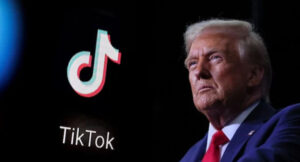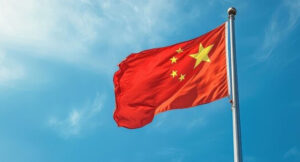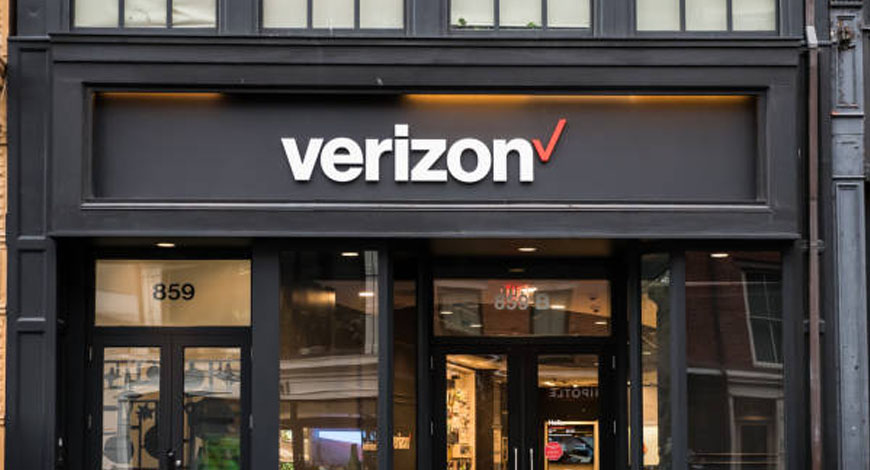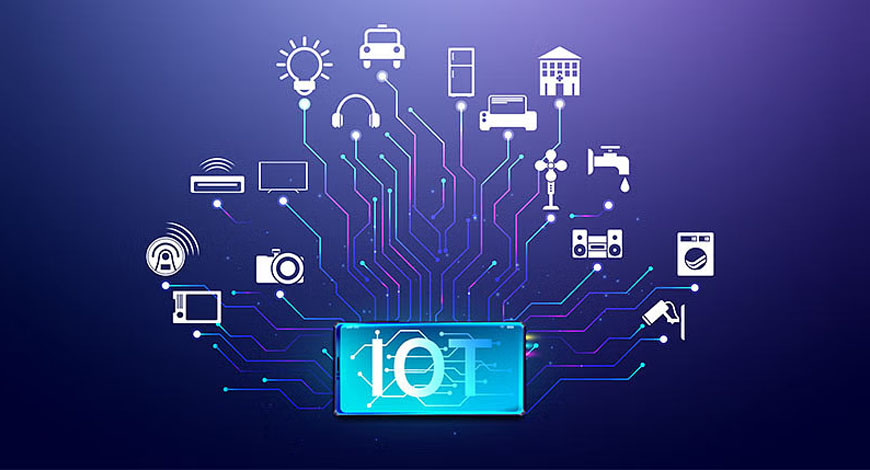US technology shares are showing signs of vulnerability after a massive run, which has some investors pointing to overdone AI-driven gains while funds have taken steps to position away from the high-flying sector.
Investors are looking to de-risk portfolios or lock in profits during a seasonally difficult period for stocks. Friday’s looming speech by Federal Reserve Chair Jerome Powell at the annual Jackson Hole symposium is creating caution, investors said, with the potential for volatility if his comments fail to meet growing market expectations that the central bank is poised to cut interest rates.
“When you have overcrowding and you have had such strong performance, it doesn’t take much to see an unwind of that,” said Keith Lerner, co-chief investment officer at Truist Advisory Services. “At the same time this week, everyone is waiting for the Fed, and there is repositioning ahead of that.”
The heavyweight S&P 500 tech sector fell sharply for a second consecutive session on Wednesday, putting its decline on the week at about 2.5%, while the tech-heavy Nasdaq Composite was off about 2% for the week. Shares of some highflyers, including Nvidia Corp and Palantir Technologies, were getting hit particularly hard.
The pullback comes after a huge rally in which the tech sector soared over 50% through last week since the market’s low for the year in April. That easily topped the 29% gain of the broader S&P 500 during that period and drove up valuations of tech stocks to lofty levels.
Investors cited wariness about the artificial intelligence trade, which has been a key driver of tech stocks and the broader market as indexes have soared to record highs this year.
Shares of Nvidia, the semiconductor giant that has symbolized the AI trade, have gained about 30% this year while shares of AI-focused data and analytics firm Palantir have roughly doubled year-to-date.
Indeed, the tech sector’s price-to-earnings ratio recently reached about 30 times expected earnings for the next 12 months, its highest level in a year, according to LSEG Datastream, while tech’s share of the overall S&P 500’s market value is nearly its highest since 2000.
Recent cautionary signs included a study from researchers at the Massachusetts Institute of Technology that found that 95% of organizations are getting no return on AI investments, as well as comments by OpenAI CEO Sam Altman, who told tech news website the Verge last week that investors may be getting overexcited about AI.
Since last week, some AI-linked shares have pulled back sharply: Nvidia has dropped about 5% while shares of Palantir have slumped some 16%. In Europe, stocks of so-called AI adopters have been under pressure over concerns over how powerful new AI models could disrupt the software sector.
Still, some investors said, the caution is unlikely to be a sign that enthusiasm over AI is fizzling.
“These are price corrections,” said Andrew Almeida, director of investments at financial planning network XYPN. “But if you look at the big picture, it’s clear that more people will be investing more dollars in AI infrastructure. This is certainly not a ‘reckoning’ with the AI theme.”
Investors also could be paring back their stock exposure during a traditionally rocky period for equities. August and September rank as the worst-performing months on average for the S&P 500 over the past 35 years, according to the Stock Trader’s Almanac.
“Valuations were stretched, these names have not taken a breather, and we’re going into a tougher season for stocks,” said King Lip, chief strategist at Baker Avenue Wealth Management.
Other sectors such as consumer staples, healthcare and financials were up on the week, while relative strength for the equal-weight S&P 500 signaled to some investors a possible start of broadening of gains beyond the massive tech stocks that have led indexes higher.
Powell’s upcoming speech comes as Fed fund futures on Wednesday were indicating an 84% chance that the central bank will cut rates at its next meeting on September 16-17.
Investors will be watching to see if Powell gives any indication that the central bank is on track for such a move or if he pushes back on the market’s expectation for easing, which could spark volatility. Tech stocks tend to carry higher valuations which could make them sensitive to higher-than-expected interest rates going forward.
“There are a lot of people who have overweighted tech, and it has worked for them,” said Chuck Carlson, chief executive officer at Horizon Investment Services.
“They don’t want to get caught on the wrong side of that if in fact, the Fed doesn’t do anything in September. So I think that is also causing (investors) to maybe not necessarily get out of tech, but to reduce the overweight a little bit.” Reuters









